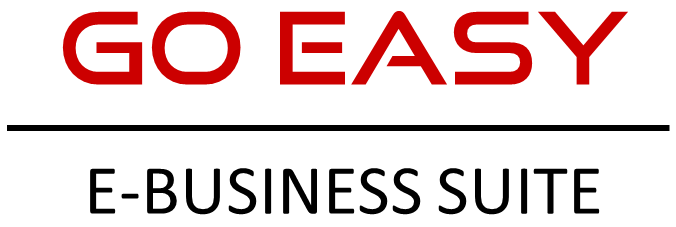Financial accounting generates the following general-purpose, external, financial statements:
- Income statement (sometimes referred to as “results of operations” or “earnings statement” or “profit and loss [P&L] statement”)
- Balance sheet (sometimes referred to as “statement of financial position”)
- Statement of cash flows (sometimes referred to as “cash flow statement”)
- Statement of stockholders’ equity
Income Statement
The income statement reports a company’s profitability during a specified period of time. The period of time could be one year, one month, three months, 13 weeks, or any other time interval chosen by the company.
The main components of the income statement are revenues, expenses, gains, and losses. Revenues include such things as sales, service revenues, and interest revenue. Expenses include the cost of goods sold, operating expenses (such as salaries, rent, utilities, advertising), and nonoperating expenses (such as interest expense). If a corporation’s stock is publicly traded, the earnings per share of its common stock are reported on the income statement. (You can learn more about the income statement at Explanation of Income Statement.)
Balance Sheet
The balance sheet is organized into three parts: (1) assets, (2) liabilities, and (3) stockholders’ equity at a specified date (typically, this date is the last day of an accounting period).
The first section of the balance sheet reports the company’s assets and includes such things as cash, accounts receivable, inventory, prepaid insurance, buildings, and equipment. The next section reports the company’s liabilities; these are obligations that are due at the date of the balance sheet and often include the word “payable” in their title (Notes Payable, Accounts Payable, Wages Payable, and Interest Payable). The final section is stockholders’ equity, defined as the difference between the amount of assets and the amount of liabilities. (You can learn more about the balance sheet at Explanation of Balance Sheet.)
Statement of Cash Flows
The statement of cash flows explains the change in a company’s cash (and cash equivalents) during the time interval indicated in the heading of the statement. The change is divided into three parts: (1) operating activities, (2) investing activities, and (3) financing activities.
The operating activities section explains how a company’s cash (and cash equivalents) have changed due to operations. Investing activities refer to amounts spent or received in transactions involving long-term assets. The financing activities section reports such things as cash received through the issuance of long-term debt, the issuance of stock, or money spent to retire long-term liabilities. (You can learn more about the statement of cash flows at Explanation of Cash Flow Statement.)
Statement of Stockholders’ Equity
The statement of stockholders’ (or shareholders’) equity lists the changes in stockholders’ equity for the same period as the income statement and the cash flow statement. The changes will include items such as net income, other comprehensive income, dividends, the repurchase of common stock, and the exercise of stock options.


